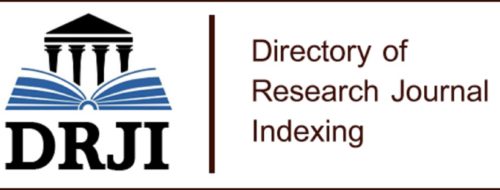Monitoring of the contamination by leakage generated in the sanitary landfill of the public company EMASA del Cantón Santa Elena, Province of Santa Elena – Ecuador
Investigation article
Keywords:
Leachate monitoring, Urban Solid Waste, Sanitary landfill, Soil pollution, EMASA Public CompanyAbstract
The aim of this research was to monitor the contamination of leachates generated at sanitary landfill of EMASA public company in Santa Elena city, it allowed to get the following results from analyzes carried out by accredited laboratory and application of the T-Student equation. BOD5 42,700 mg / L; COD, 5 9381.2 mg / L, SS 816 mg / L; SD 29,200 mg / L, pH 8.28, T 25.8 ° C; Pb 0.5 mg / L; Hg 0.5 mg / L, NTU 1.142; Color 86,000 mg / L, however smell does not have a measure. These values exceed the contamination level as established Book VI of TULSMA for discharges of wastewater into bodies of fresh water. The physical-chemical treatment applied in this investigation was obtained a removal effectiveness of 78% in suspended solids and 22% of liquid present in the leachates.
Keywords: Leachate monitoring: Urban Solid Waste, Sanitary landfill, Soil pollution, EMASA Public Company.
Downloads
References
Jaramillo, J. (1999). Seminario internacional de Gestión Integral de Residuos Sólidos y Peligrosos del Siglo XXI. Gestión integral de residuos sólidos municipales GIRSM. Universidad de Antioquia.
Martínez, A. (2009). Avances en Química. En V. Martínez. Estrategias de segregación de residuos sólidos (p. 36).
Mendoza, P., & López, V. (2004). Estudio de la calidad del lixiviado del relleno sanitario la esmeralda y su respuesta bajo tratamiento en filtro anaerobio piloto de flujo ascendente. (Tesis de pregrado). Universidad Nacional de Colombia, Colombia.
Menéndez, I. (2009). Comparación de cuatro tratamientos fisicoquímicos de lixiviados. Revista internacional de contaminación ambiental.
Morales, C. N. (2007). Estudio para remoción de metales pesados en los lixiviados de rellenos sanitarios.
Rojas, j. (2008). Evaluación del nivel de contaminación por la micotoxina "ocrotoxina" en muestras de capsicum annum "paprika" usando los métodos elisa y cromatografía líquida de la alta performancia "hplc". Revista oficial de la facultad de Medicina Humana de la Universidad de San Martin de Porres.
Romero, C. (2010). Aprovechamiento integral de lixiviados. (Tesis doctoral).
Published
How to Cite
Issue
Section
License
Copyright (c) 2020 Revista de Ciencias Agropecuarias ALLPA. ISSN: 2600-5883.

This work is licensed under a Creative Commons Attribution-NonCommercial-ShareAlike 4.0 International License.


.jpg)










